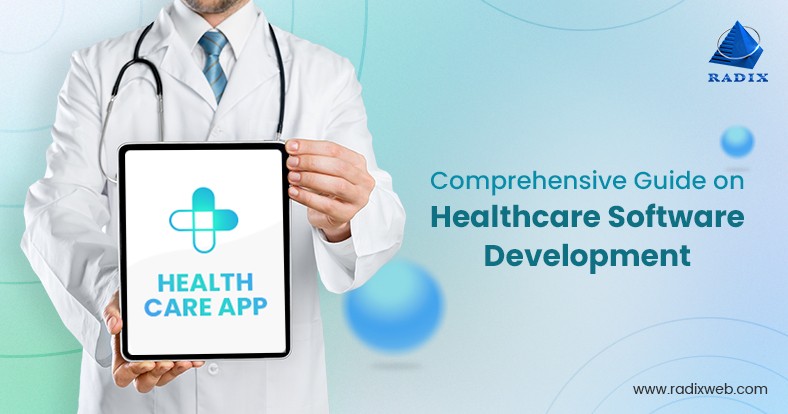As a healthcare provider, you are always looking for ways to improve efficiency and quality of care. You want to be able to provide the best possible care for your patients, but you also need to be able to do so in a way that is cost-effective.
In recent years, healthcare software solutions have become more popular as a way to do this. Here are some of the most popular healthcare software solutions that are trending right now:
1. EHR (Electronic Health Record) systems
As one of the most popular healthcare software solutions from industry experts, an EHR system is like a dedicated Customer Relationship Management (CRM) solution for the medical industry. These systems are simply a digital version of a patient’s chart.
They include all of the same information that would be found in a paper chart, but it is organized in a way that makes it easy to access and share. The two main types of EHR systems are Electronic Patient Records (EPR) systems and Electronic Medical Record (EMR) systems.
EHR systems can be used by providers to track patient health over time, make care decisions, and communicate with other providers. Systems that are advanced enough can also be used by patients to view their own health information and schedule appointments.
2. Medical Practice Management (MPM) Software
Medical Practice Management Software is a type of software that helps healthcare providers to manage their practices. This can include everything from tracking patient diagnosis information to accessing insurance particulars.
And it’s not only accessing different types of information. With an MPMS, staff can also store patients’ e-data such as medications, medical history, and other information that is crucial to service delivery. What’s more, since MPMS processes data online, it’s easy to access healthcare data for better service delivery.
3. E-Prescribing Software
E-prescribing software is a type of healthcare software that allows providers to electronically send prescriptions to pharmacies. This can be done with the help of an EHR system, or it can be done through a standalone e-prescribing system.
E-prescribing systems can help to improve medication safety, reduce errors, and improve patient satisfaction. They can also help to save time for both providers and patients.
4. Revenue Cycle Management (RCM) Software
Revenue cycle management software is a type of software that helps healthcare providers to manage the revenue cycle. This includes everything from patient scheduling to claims processing.
Revenue cycle management software can help to improve efficiency, reduce errors, and increase reimbursement. It can also help to reduce the amount of time that it takes to get paid for services.
5. Remote Patient Monitoring (RPM) Software
Remote patient monitoring software is a type of healthcare software that allows providers to track, record, and send patient data remotely. This can be done through a variety of methods, such as phone, text, email, or video.
RPM software can help to improve patient outcomes, reduce hospital readmissions, and lower healthcare costs. It can also help to enhance patient satisfaction and improve provider communication.
6. Population Health Management (PHM) Software
Population health management software is a type of healthcare software that helps providers to manage the health of a population. This can include everything from tracking data to providing patient education.
The ability of PHM software to integrate and aggregate patient data across different platforms makes it a powerful tool for managing population health. PHM software can help to improve patient outcomes, reduce healthcare costs, and increase provider satisfaction.
In closing,
Healthcare software solutions are a great way to improve efficiency and quality of care in your medical practice. These six solutions are some of the most popular and trending software available on the market today.
EHR, MPMS, e-prescribing, RPM, and PHM software are all great options for your practice. All you have to do is to choose the one that best meets your needs and you’ll be on your way to providing better patient care in no time.

